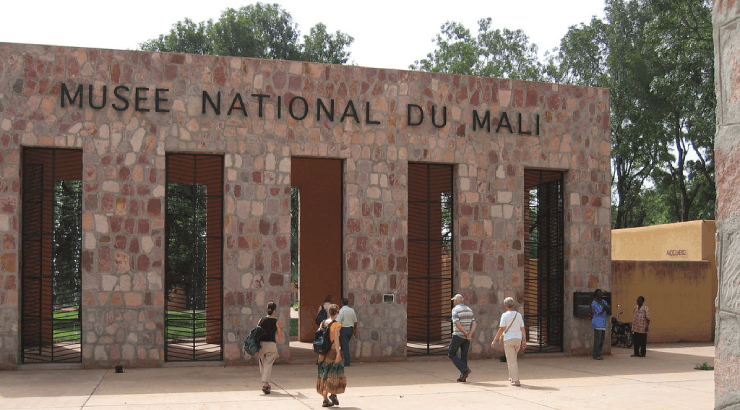

National Museum of Mali
The National Museum of Mali: A Beacon of African Art and History
Located in Bamako, the capital city of Mali, the National Museum of Mali (French: Musée national du Mali) is a leading archaeological and anthropological museum specializing in African art. The museum offers both permanent and temporary exhibitions that showcase the rich history of Mali, including musical instruments, traditional clothing, and ritual objects from the country's diverse ethnic groups. The museum grounds also house concrete replicas of important cultural landmarks, such as the renowned mosques of Djenné and Timbuktu.
The inception of this Museum of African Art traces back to the period of French colonial rule, when it was established as the Sudanese Museum. This museum was a part of the Institut Français d’Afrique Noire (IFAN) under the supervision of Théodore Monod. The museum officially opened its doors on February 14, 1953, under the directorship of Ukrainian archaeologist Y. Shumowskyi. Shumowskyi devoted nine years to the museum, during which he assembled a significant portion of the museum's holdings, nearly 3000 items.
Following the independence of the Republic of Mali in 1960, the Sudanese Museum was transformed into the National Museum, with an updated mission to celebrate Malian traditional culture and foster national unity. Despite these noble objectives, the museum faced challenges in the form of financial constraints and a shortage of skilled personnel, leading to some deterioration of the collections.
On March 30, 1956, the National Museum of African Art relocated to a new, concrete edifice, crafted by architect Jean-Loup Pivin in accordance with traditional Malian designs. Following the 1996 election of former archaeologist Alpha Oumar Konaré as Mali's president, the museum's funding saw substantial improvement, raising its status to one of the finest in West Africa.
Location
Contact Information
Contact Listings Owner Form
National Museum of Mali 0 reviews
Write Your ReviewThere are no reviews yet.

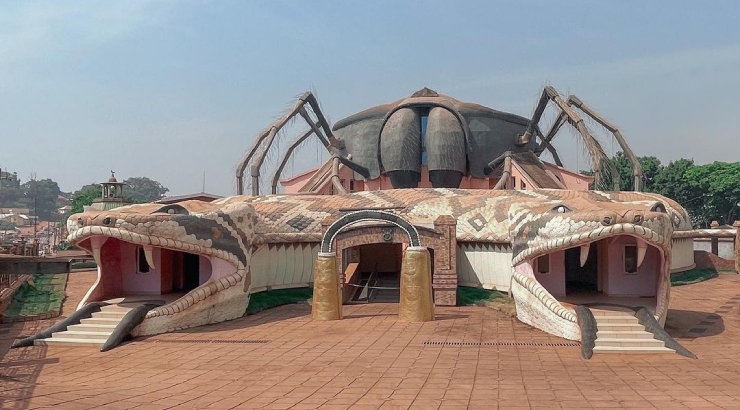



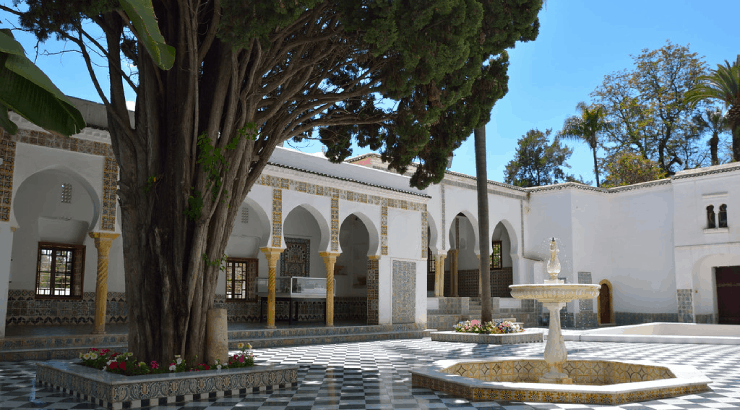
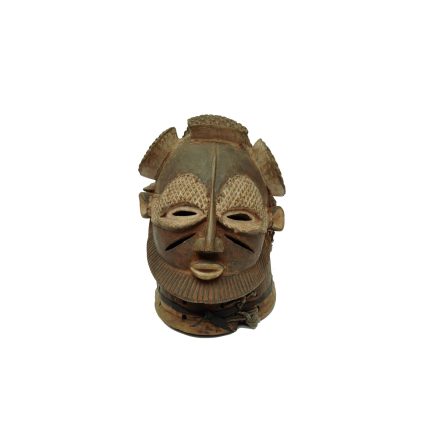
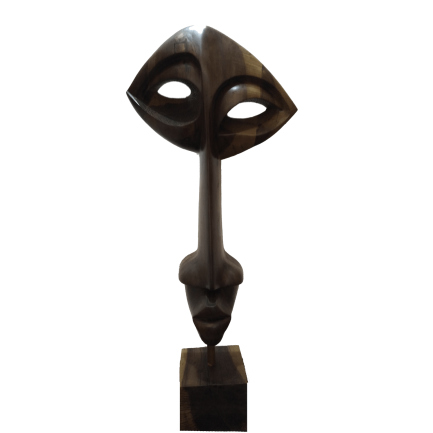
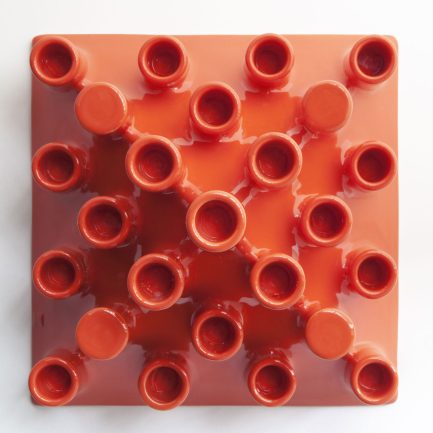



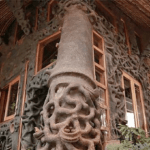
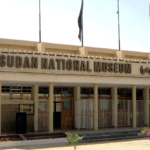
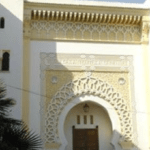
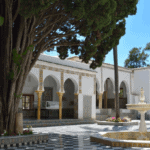
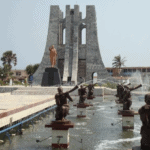
 No products in the basket.
No products in the basket.